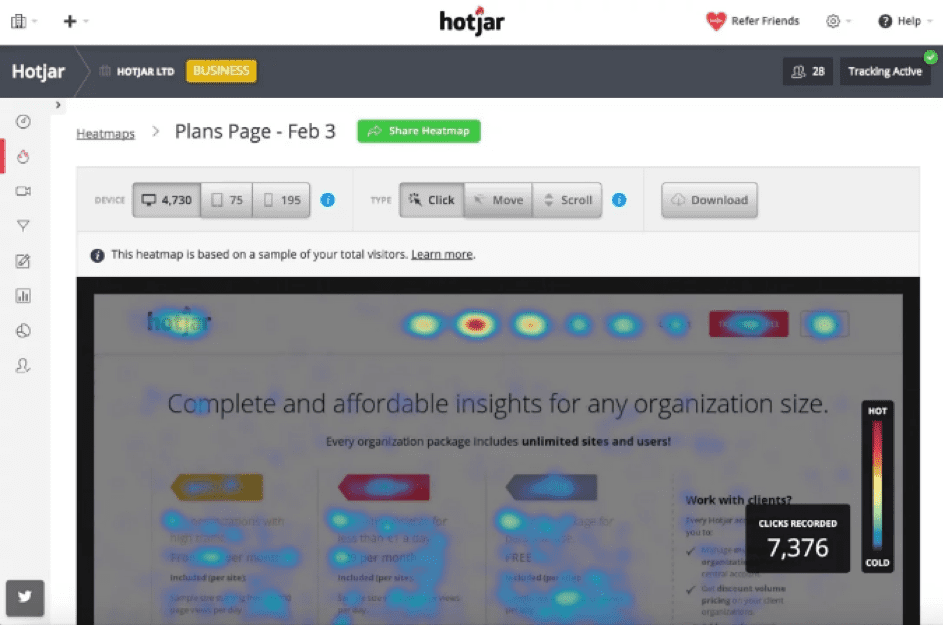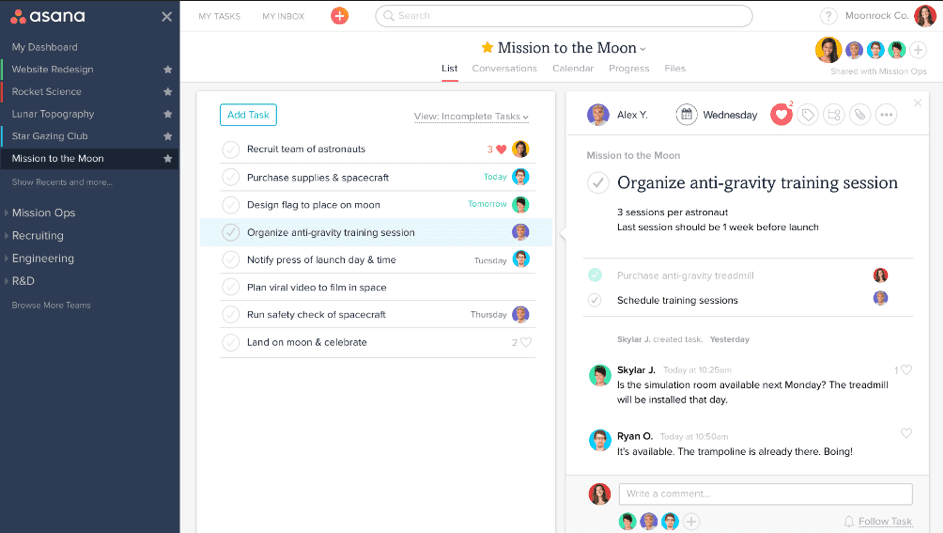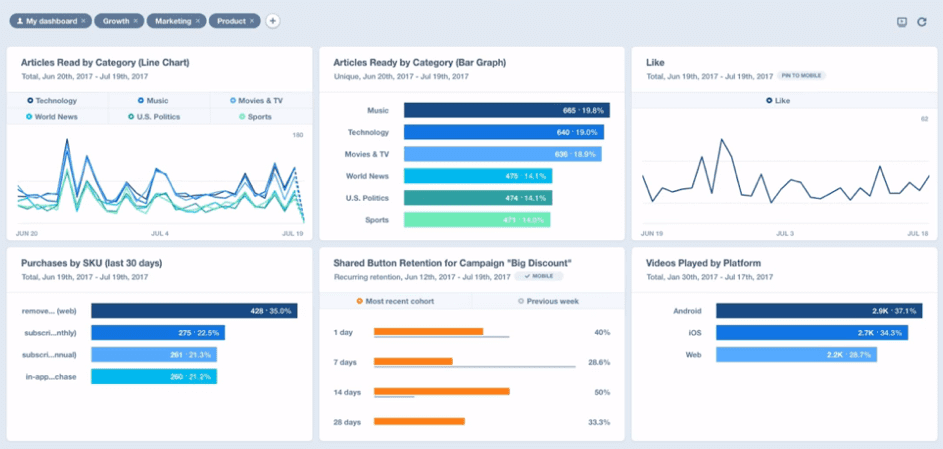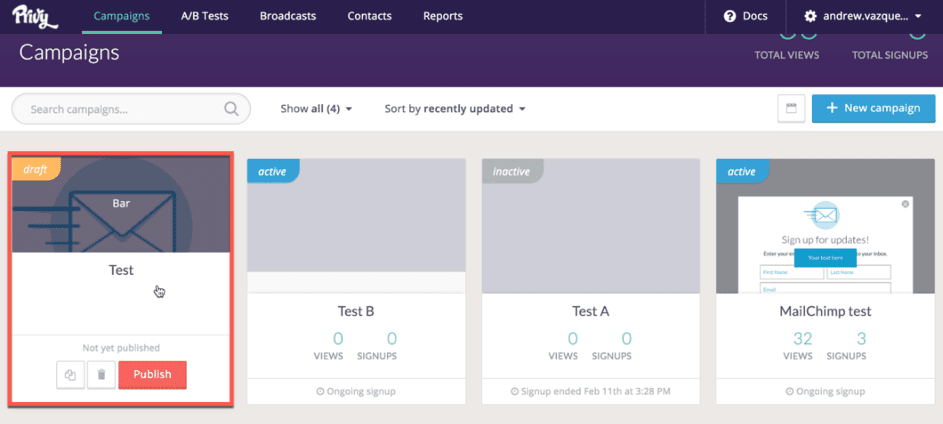Startup company growth needs effective and easily accessible digital tools and resources
Over the past few years, we have seen a significant increase in the number of startups that can be seen as a fresh alternative to working in corporations. This is due to their creators’ desire to be independent and run their own company, but also due to changes taking place in the business culture, rapid technological development and most of all, easy access to tools that help grow and manage firms effectively.

As a matter of fact, every startup company supporting relevant software and digital sources can build a strong marketing campaign and grow business all by itself. Looking for tools to conduct startup business, entrepreneurs are drawing attention to some of their common features:
• Easy availability
• Low-cost or free
• Accelerating work
• Integrated with other tools
SaaS companies are constantly coming up with new tools and ideas that can improve every type of enterprise. Popular areas for developing these tools include internal self-organization, storage and sorting of information, monitoring the internet, boosting marketing activities and increasing SEO rankings.
Download our Premium Resource – B2B digital marketing plan example – startup company
This digital marketing plan example is aimed at marketing/digital marketing manager of a startup so they can decide the objectives, targets, and deadlines in their digital marketing strategy.
Access the B2B digital marketing plan example – startup company
The sectors that startups mostly pay attention to whilst looking for improving tools are:
• Data analytics
• CRM
• Email marketing
• Landing page optimization
• Teamwork and cooperation
The choice of the following five tools is based on practical knowledge of how startup companies work and what digital solutions they tend to need. Thanks to the easy availability of these tools and the possibility of testing them, startups can clarify their development direction, identify and optimize their sales process, make team collaboration and work management easier, mostly without hiring another person.
What makes them stand out?
Hotjar
This well-designed tool is a way to understand your web and mobile site visitors, get to know what they need and see what exactly they do on your site. Thanks to the website users monitoring tool, you can effectively optimize your landing page, collect feedback and, as a result, improve users' experiences.

Hotjar helps you understand your users in a fast and effective way by visually representing their clicks, taps and scrolling behavior. All this knowledge is shown in a heat map form, which allows you to see:
- Which website’s elements the users are interested in
- Which CTA buttons are active and which one ignored
- How deeply the users scroll your website
It is possible to record the website users’ session and literally look through their eyes, observe and follow their moves on the site, including how they navigate, where they hesitate or what attracts them.
Additionally, Hotjar offers an opportunity to create surveys. It allows you to ask your site visitors an unlimited number of questions, such as how the customer has learned about your product. You can invite people to fill in the survey directly from any page of your site based on a particular behavior, such as a moment of hesitation or a noticeable intention to leave the page.
Asana
This tool helps teams organize work and manage projects, create and follow to-do lists, assign tasks to teammates, specify deadlines, and communicate. It also includes reporting functions, file attachments and calendars. Asana is flexible enough to be configured for different individual purposes, changing and developing with the growth of the team’s competence and awareness.

Asana can be used for Customer Relationship Management (CRM), which allows startups to better define and oversee every stage of their sales pipeline.
You can manage leads through the entire sales process, from the potential customer status, across support, follow-up, to closing the deal. Asana gives you the ability to create your own CRM rules adapted to your needs.
Asana’s invaluable feature to arrange and take care of constantly increasing numbers of leads is qualification tags, which describe the customer (new, active, cold, hot) or the action you must do (to call, calling). For example, a lead who showed interest in purchasing your product, like asking for a price list, is called hot. Customers who are more likely to stop paying for your service and/or drop off are called anti-churn.
Asana releases its API to third-party developers, which provides a means to programmatically read and input information and create automation within the tool; in a word, it allows customizing Asana to the unique way the startup's teams work.
Mixpanel
Mixpanel is a multifunctional analytical tool combining the best of Google Analytics and Mailchimp. Thanks to Mixpanel, you can better understand your users, their insights, see how people are using your product, whether they are coming back after you add or improve features. It tracks user interactions with web and mobile applications and provides tools for targeted communication with them while also analyzing content inside and outside of your website.

Thanks to Mixpanel you can collect data about users and act on that how they move, what they do, when they come back, whether they return, what path they chose on the site, where they left, how they react etc. You have access to both historical and real-time data. This allows you to understand the behaviors that drive users to convert.
You can connect the Mixpanel with forms in such a way that the data of users is saved in the Mixpanel. Thanks to this you can create automatic campaigns (such as emails or push notifications), which start when some condition is met e.g. the user registered more than seven days ago, they have just registered but haven't started the trial yet or they have registered but haven't come back for 30 days.
Privy.com
Thanks to this email capture and conversion tool (including exit-intent, driven website pop-ups and banners) you can rapidly grow your customers' email list and reduce abandonment from your website or online store. Privy.com delivers results in minutes with a drag & drop designer, a wide array of display types, intuitive triggers and targeting rules and conversion-centric reporting.

Privy integrates with MailChimp. This means Privy captures and stores emails, which are also kept and used by MailChimp to send automated emails to subscribers. For example, if you have a blog, you can regularly notify your readers about the new content thanks to auto-mailings from MailChimp, which are sent to an email address list found by Privy. It improves the process of sending out emails or newsletters while reducing your efforts.
Within Privy’s drag and drop email designer you can create many different types of messages. With a relatively small number of people in the startup company, these kinds of templates are invaluable as you don't waste time; you just choose something consistent with your design and transform it for your individual needs.
Google Docs
A basic tool from Google for teamwork, Google Docs is incredibly helpful as it allows you to create documents and cooperate smoothly. Google Docs' main advantage is that many people can work on the same document at the same time and changes are visible immediately. Docs can also be accessed from different locations, making remote working simpler.
 Drive is easy to use and really helpful when it comes to creating impactful documents, editing in real time, sharing with anyone, collaborating, chatting and commenting. Style tools allow to easily format the text and the appearance of paragraphs with hundreds of fonts, the ability to add links, images and drawings.
Drive is easy to use and really helpful when it comes to creating impactful documents, editing in real time, sharing with anyone, collaborating, chatting and commenting. Style tools allow to easily format the text and the appearance of paragraphs with hundreds of fonts, the ability to add links, images and drawings.
All changes are automatically saved as you type. You can even use revision history to see the old versions of the same document sorted by date, in order to check who made a change. You're also able to create a document through your browser or download the app for your mobile device.
Widely accessible digital tools and resources are designed to try them and adapt to the flexible goals of individual startups
While each of the tools on this list has its own intended and specific functions, they are all great choices in their own right and have been fully adopted by the startup community.
Whether you want to identify your business goals, optimize your sales process or just improve productivity, the solutions listed above will offer a great range of options to help you grow your startup. How you use them is up to you!
Would you like to add some other tools to this list? Maybe you use one of them in a different way? Share your thoughts and experience.
Paulina Kubala-Chuchnowska is a Junior Marketing Specialist with
PressPad Digital Publishing. She is an active social media user who surrounds herself with wonderful people that she loves to spend time with. You connect with her on
Twitter,
LinkedIn and
Quora.









 Drive is easy to use and really helpful when it comes to creating impactful documents, editing in real time, sharing with anyone, collaborating, chatting and commenting. Style tools allow to easily format the text and the appearance of paragraphs with hundreds of fonts, the ability to add links, images and drawings.
Drive is easy to use and really helpful when it comes to creating impactful documents, editing in real time, sharing with anyone, collaborating, chatting and commenting. Style tools allow to easily format the text and the appearance of paragraphs with hundreds of fonts, the ability to add links, images and drawings.



